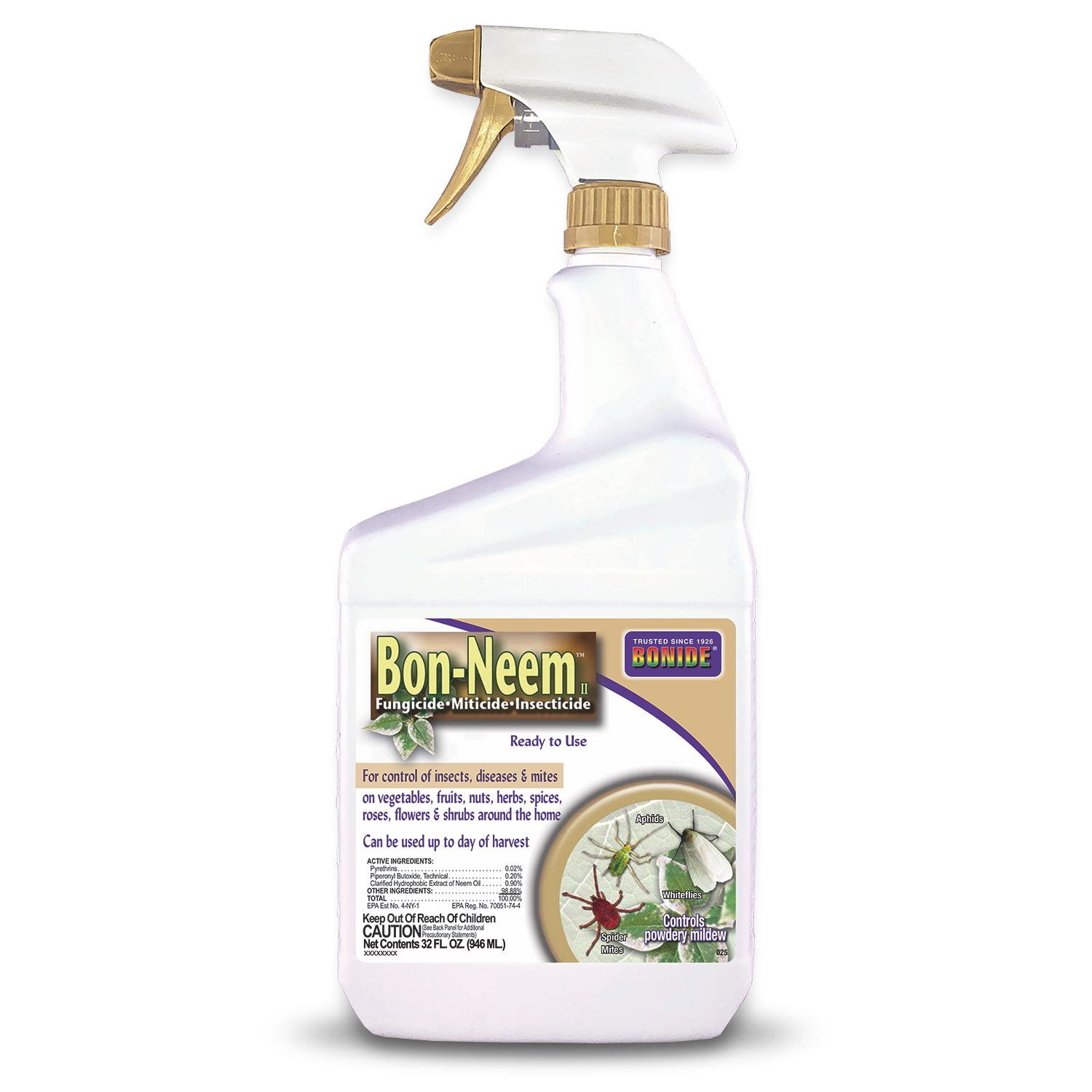
Some 200 species of these pests cause problems. Like aphids (their close relatives), they’re sap feeders, sucking plant juices from leaf undersides. The adults, which look like tiny white moths, fly up in a cloud when disturbed. Some of the nymphal stages resemble scale insects. Whiteflies are found the year around in warm climates; in colder regions, you’ll see them only during summer. Warm, still air is the perfect environment for whiteflies, making greenhouses a favored haunt—one species is even called the greenhouse whitefly.
Target: Many plants.
Damage: Heavily infested plants lose vigor and may turn yellow, but the biggest problem is usually honeydew, which attracts ants and fosters sooty mold. Some adult whiteflies transmit viruses.
Life cycle: Adults lay minuscule eggs on leaf undersides. Yellowish nymphs hatch out and begin to feed; they lose their antennae and legs in the first molt, after which they’re immobile throughout the remaining nymphal stages. All adults are winged, but only the females develop legs. There are many overlapping generations each year.
Notes: Absolute control isn’t needed since plants can withstand moderate infestations. Use nitrogen fertilizers sparingly—the insects reproduce faster under high-nitrogen conditions. Pick off heavily infested leaves and destroy them. Control ants to keep them from protecting white-flies from natural enemies.



















